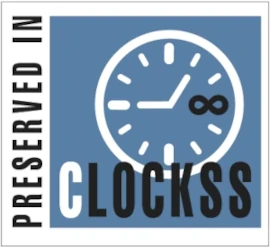Black Suffering for/from Anti-trafficking Advocacy
DOI:
https://doi.org/10.14197/atr.20121792Keywords:
anti-blackness, appropriation, anti-trafficking, memory of slavery, museumsAbstract
This article analyses the images that Antislavery Usable Past creates to promote its cause of ‘making the antislavery past usable for contemporary abolition’. Drawing on collective memory studies, I discuss the political implications of how pasts are used for present issues. I argue that Antislavery Usable Past appropriates black suffering by reducing the memory and imagery of slavery to objects that are compatible with the anti-trafficking narrative, without regard for the ongoing black liberation struggle. I conclude by discussing the troubling trend of incorporating anti-trafficking exhibitions into institutions that preserve the history of slavery and abolition. Such inclusions redirect the history lessons of slavery away from understanding and addressing anti-blackness in the present and towards supporting advocacy campaigns articulated in the logics that underpinned racial chattel slavery in the first place.
Metrics
Published
How to Cite
Issue
Section
License
Copyright (c) 2017 Anti-Trafficking Review

This work is licensed under a Creative Commons Attribution 4.0 International License.
The Anti-Trafficking Review has a policy of licensing under the Creative Commons Attribution License (CC-BY). Under the CC-BY license, the public is free to share, adapt, and make commercial use of the work. To protect our work and that of our authors, however, users must always give proper attribution to the author(s) and the Anti-Trafficking Review (i.e. with a complete bibliographic citation and link to the Anti-Trafficking Review website and/or DOI).
The Anti-Trafficking Review promotes the sharing of information, and we therefore encourage the reproduction and onward dissemination of articles published with us.








